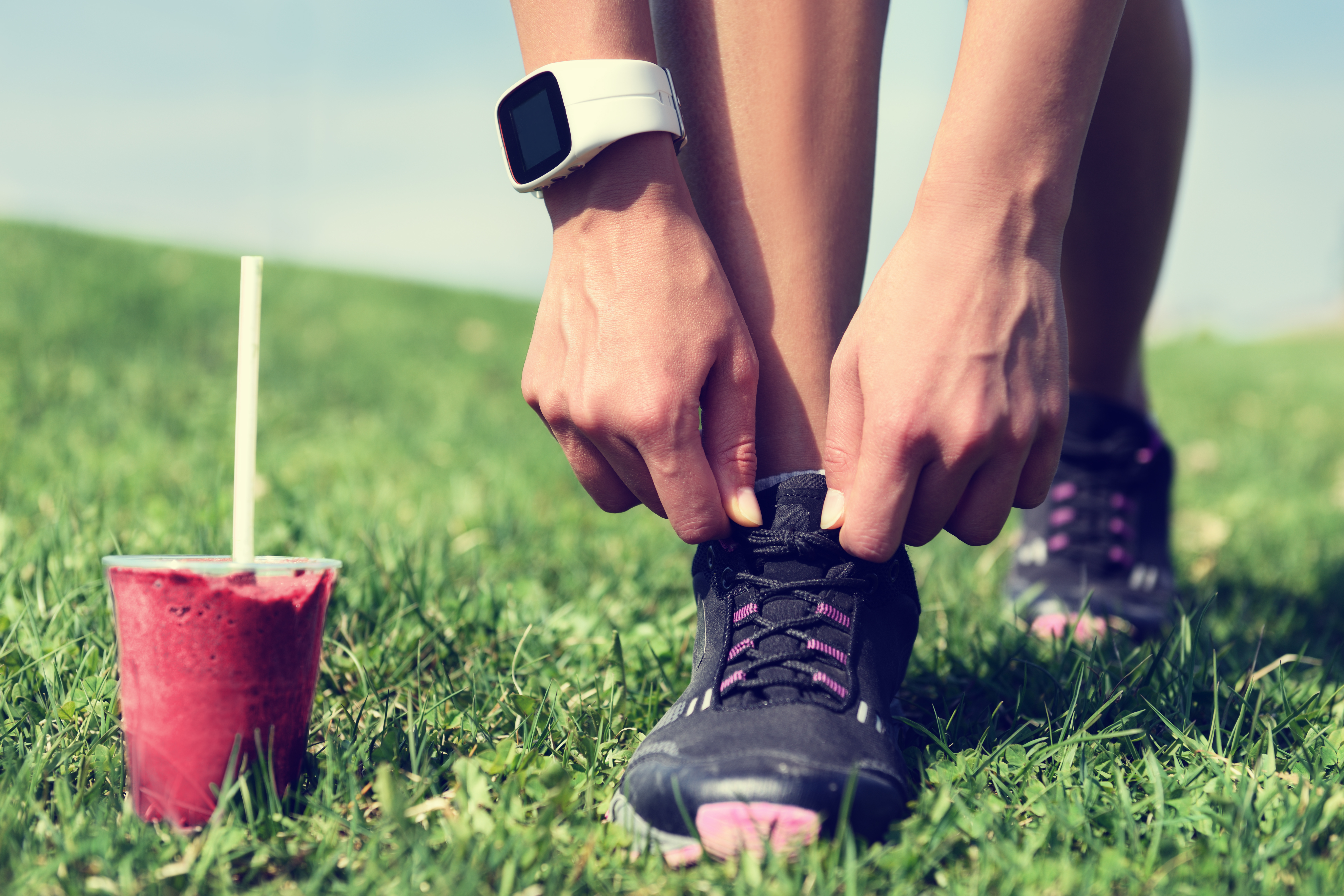
Technology is a beautiful thing – except when it lulls us into a false sense of security. And one area where all that high-tech hoopla may be doing us a disservice is the fitness tracker craze. Those wearable devices that track everything from your steps to your heart rate to how many calories you’ve burned are now a $1.15 billion industry, and they’re only growing in popularity.
But could the tool designed to help you reach your goals actually be working against you? Say it ain’t so! Here’s what you need to know about fitness trackers’ secret sabotages and how to overcome them.
Margin of error
Though the devices are designed to track your activity, when they show how many calories you’ve burned, those numbers are just an estimate; they’re not exact. True data about calories burned would take other measures into consideration, such as your weight and the intensity of the activity you’re doing.
Similarly, seeing the approximate number of calories you burn has been known to give people the sense that they can eat more. Again, since these are estimates, that is not necessarily true.
User mentality
There are those who won’t go to sleep at night without first hitting their 10,000-step goal. And then there are others who see the calories burned as an excuse to reward themselves with a food-related treat. There’s no universal conclusion users can draw from what they learn. Knowing your progress can either motivate you or sabotage you, depending on how you think.
So, what can you do to keep your fitness tracker from working against you?
Use it as a tool, not the whole truth
Weight loss is an art and a science. You may have heard 3,500 calories equals one pound, but knowing that is just one piece of the equation. Pay attention to what else you’re doing when you see the most results. Factoring in those extra, unaccounted-for calories, how hard that workout really was or even what causes you to make certain food choices will help you maximize your success and stay on the right track.
Write it down
Look at your tracker as just one piece of the puzzle. Keep a food journal or use an electronic food-tracking app, too. Try to take note of what you’ve eaten as soon as you’ve eaten it so you don’t lose track of one bite – or calorie – over the course of the day.
Adjust your portions
Use a measuring cup to put your food on a plate and see what a portion actually looks like. People tend to underestimate portion sizes when tracking calories eaten during the day. Those fries you had at lunch may actually have a few hundred more calories than you thought. The combination of overestimating calories burned and underestimating calories consumed can quickly lead to weight gain. For meats, the recommended portion size is 3 ounces – no bigger than the palm of your hand. For grains such as rice, it’s a half-cup per portion – roughly the size of a tennis ball.
Also, eat from a plate rather than eating out of containers so that you can accurately estimate what you’ve consumed.
Knowing how to properly use your fitness tracker and interpret the data you’re given can lead to greater weight loss and fitness success. It’s just one tool in what should be a full toolbox – including nutrition, activity and a support system – to help you reach your goals and live your healthiest life.
For more tips on how to live healthy and be well, visit www.henryfordlivewell.com
Bethany Thayer, M.S., R.D.N., is director of the Henry Ford Center for Health Promotion and Disease Prevention. Earning a bachelor’s degree in dietetics from Michigan State University and a master’s degree in exercise science from Oakland University, Thayer chose her career because she was always intrigued by the blending of art and science to positively impact health. She is the president of the Michigan Academy of Nutrition and Dietetics, which also named her as the Outstanding Dietitian of the Year in 2012.